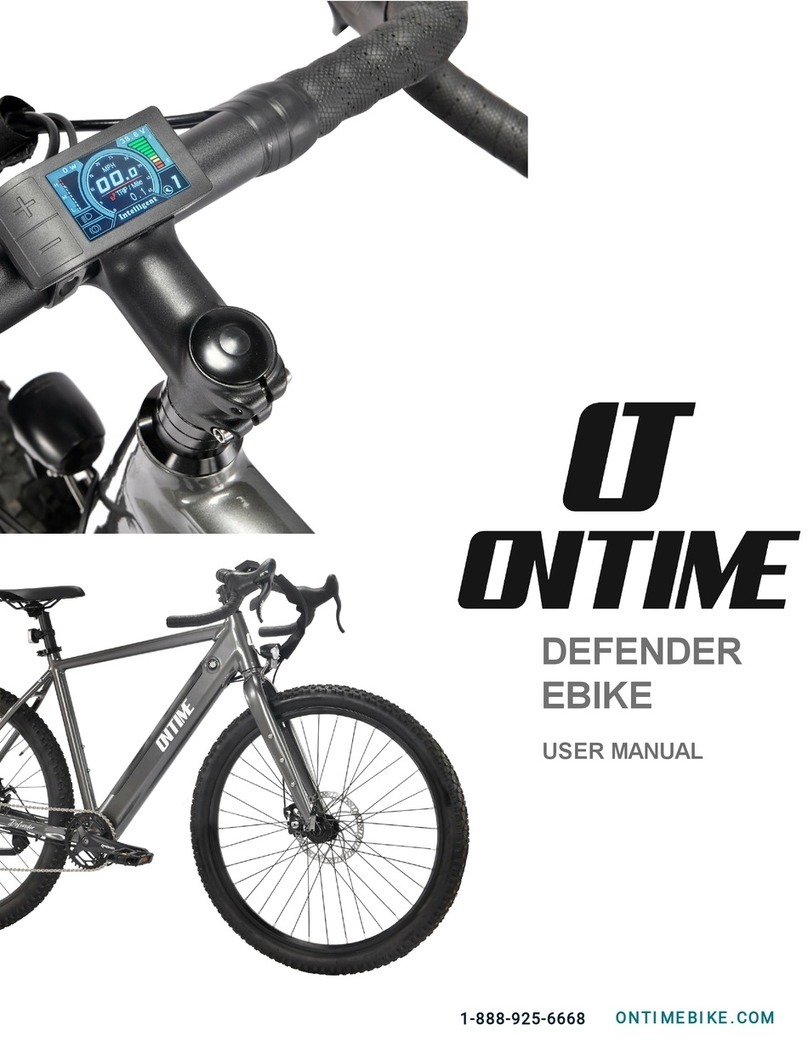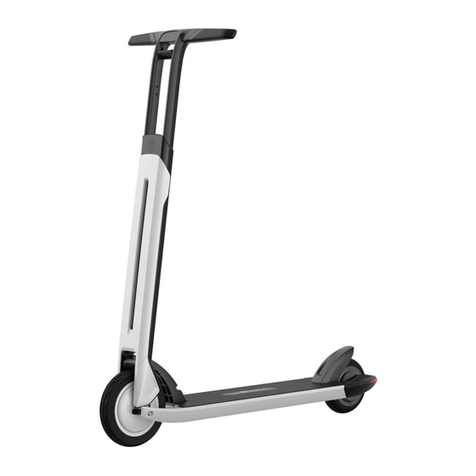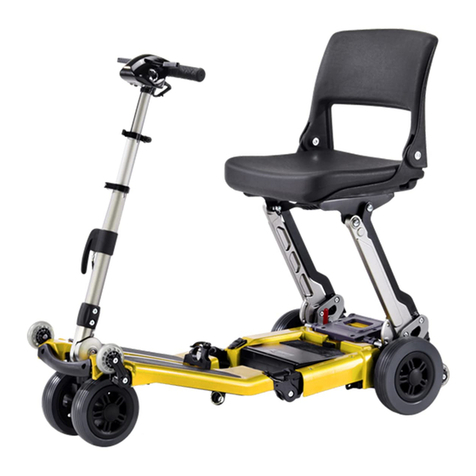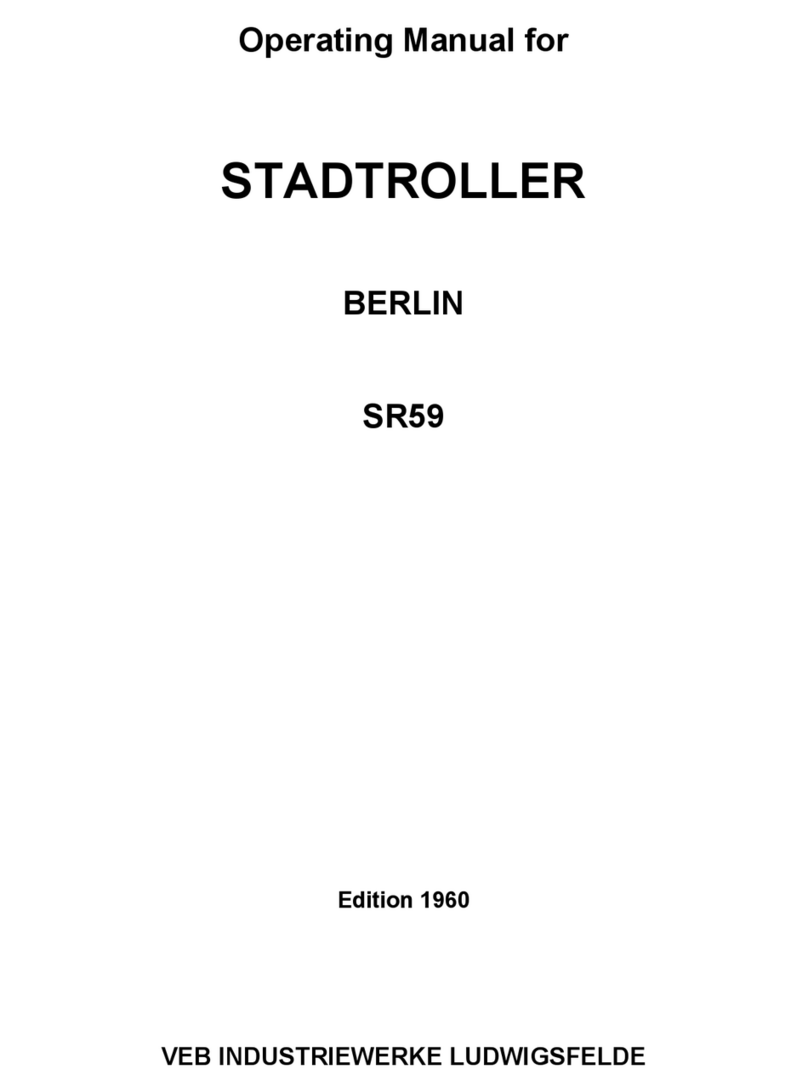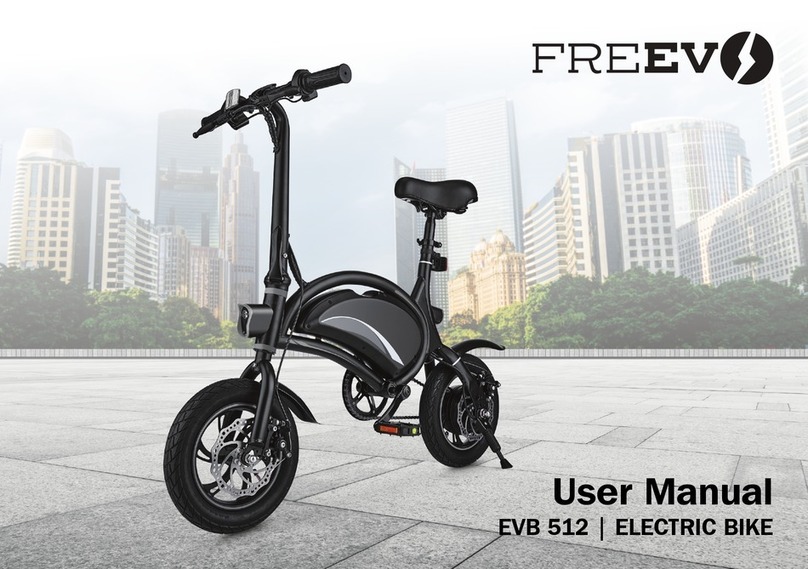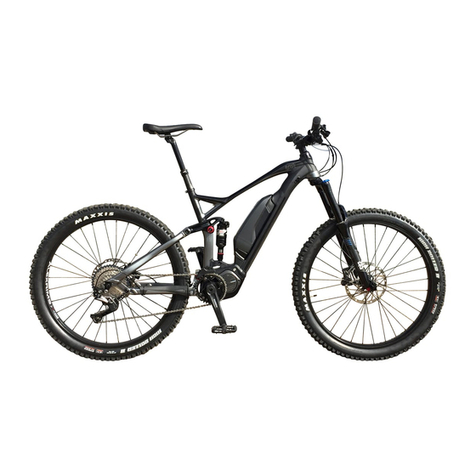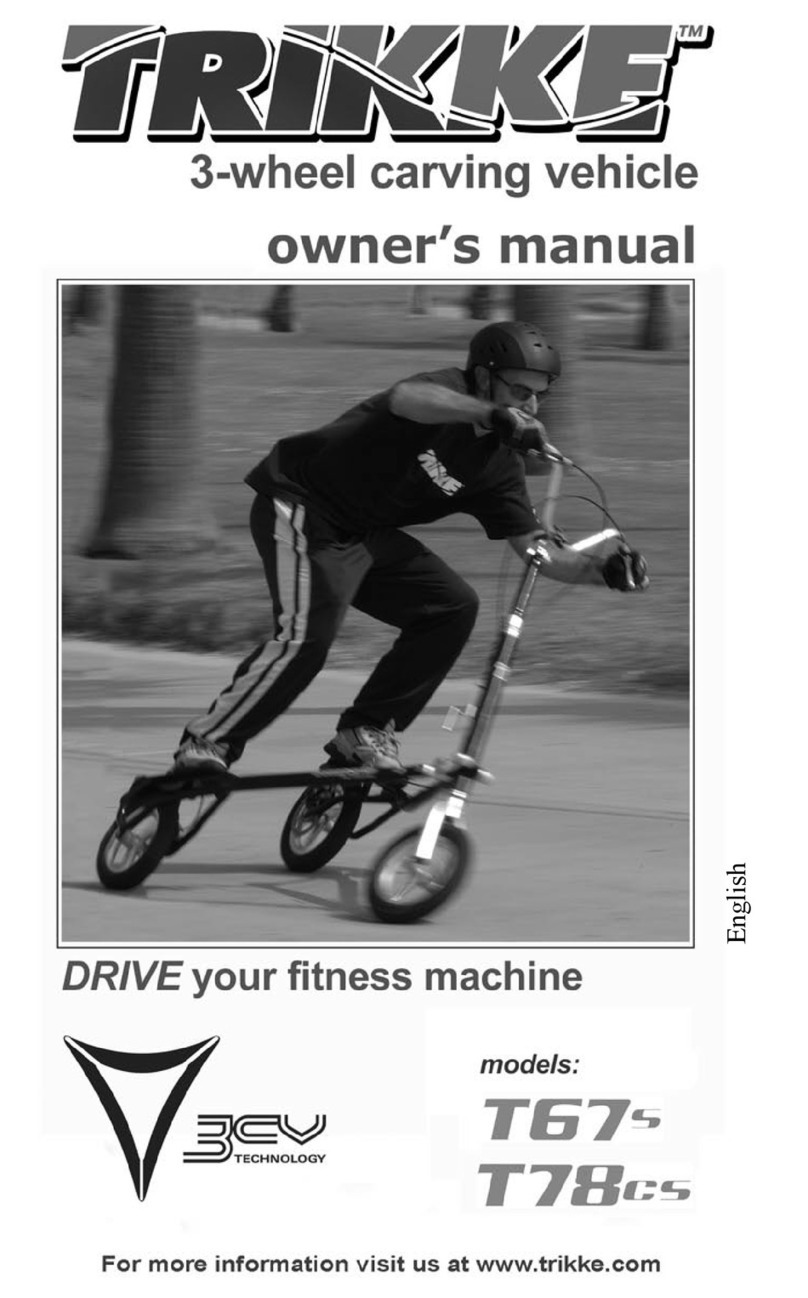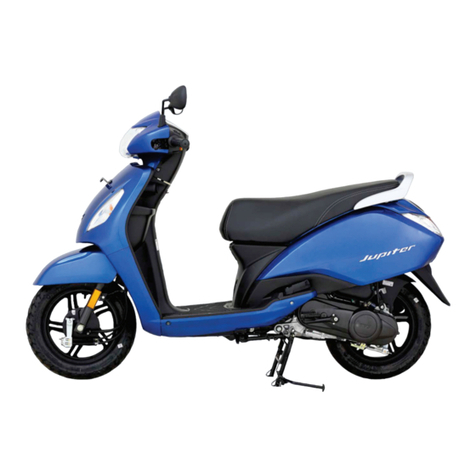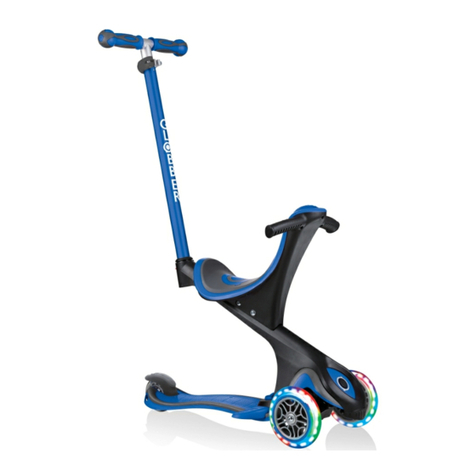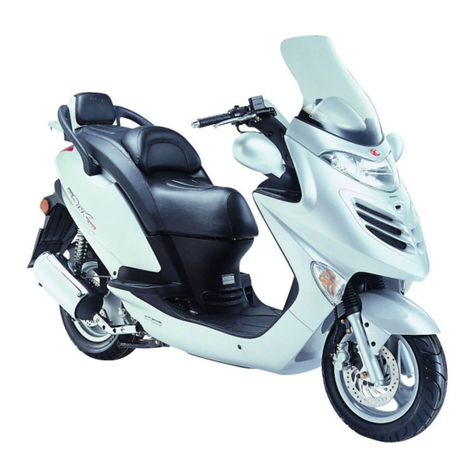medemagroup Mini Crosser X1 User manual
















Other manuals for Mini Crosser X1
2
Other medemagroup Scooter manuals

medemagroup
medemagroup Mini Crosser M2 4W Cabin User manual
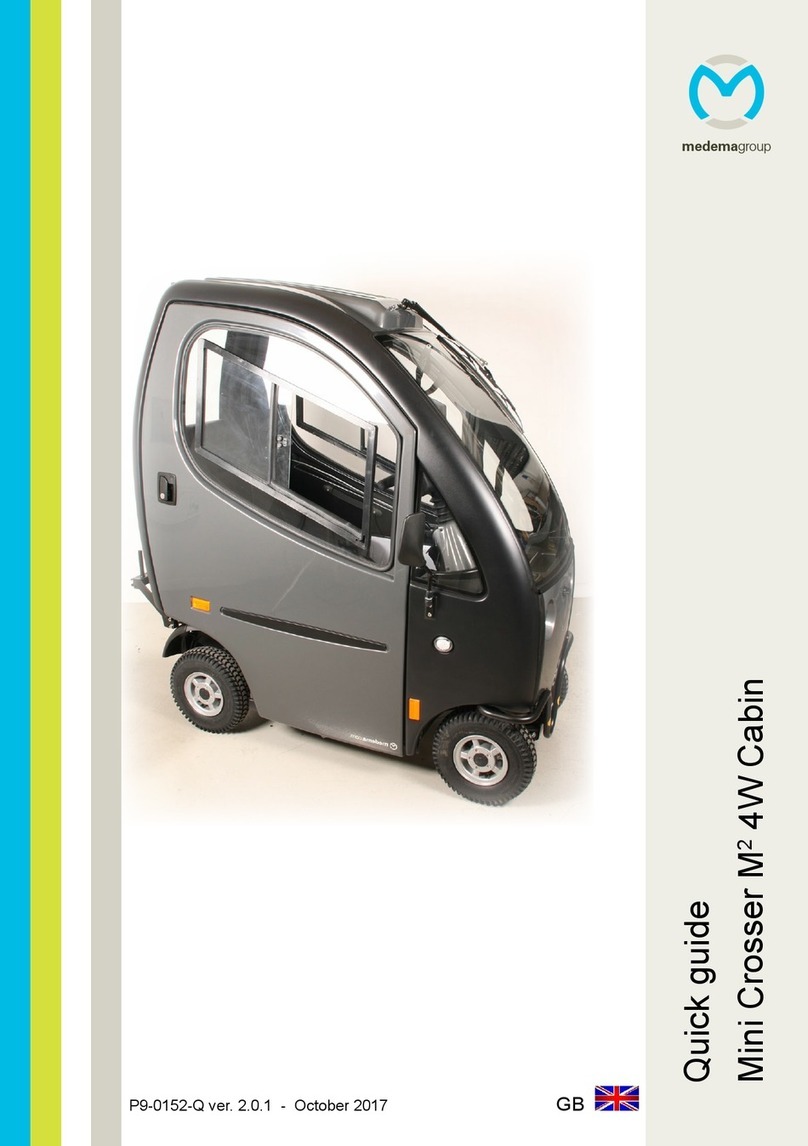
medemagroup
medemagroup Mini Crosser M2 4W Cabin User manual
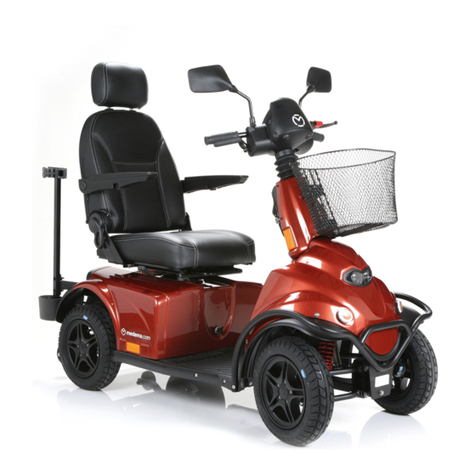
medemagroup
medemagroup Mini Crosser X2 User manual
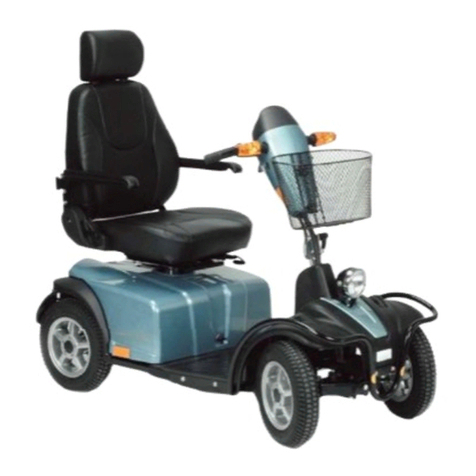
medemagroup
medemagroup Mini Crosser Nordic User manual

medemagroup
medemagroup Mini Crosser X2 4W Cabin User manual
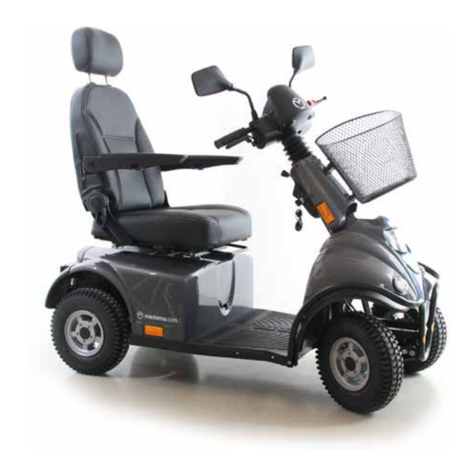
medemagroup
medemagroup Mini Crosser M1 cabin User manual
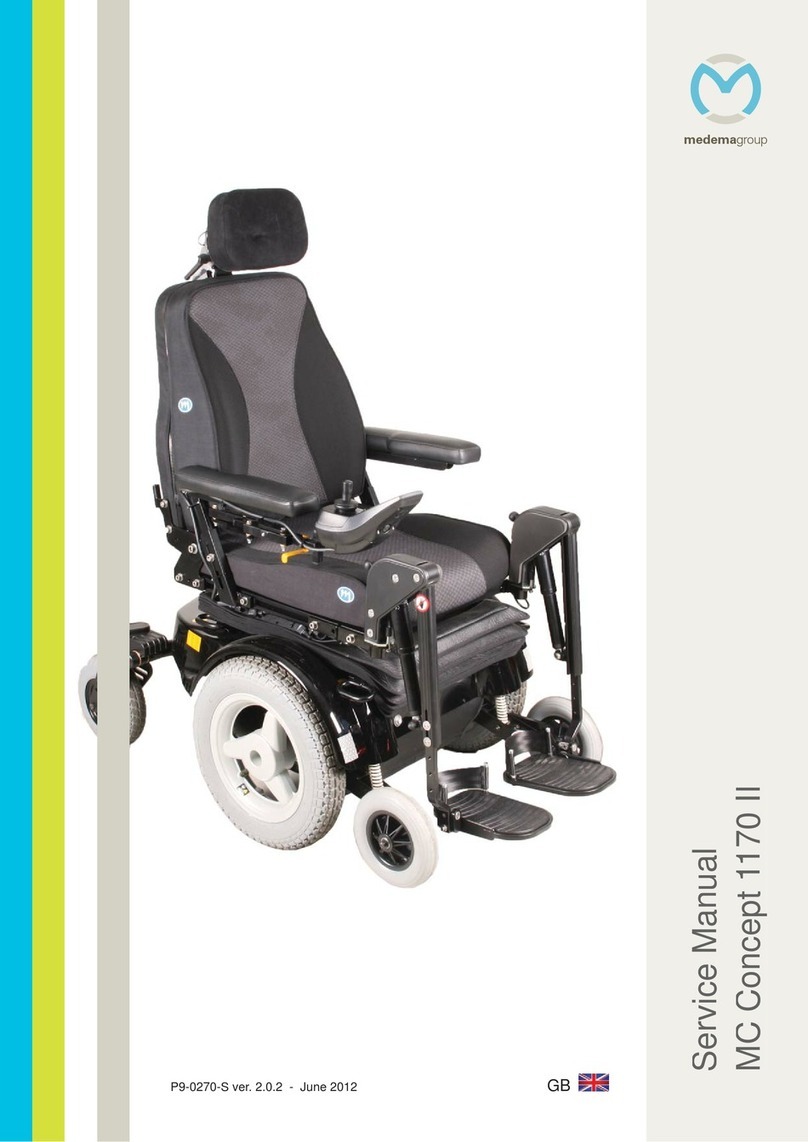
medemagroup
medemagroup MC Concept 1170 II User manual
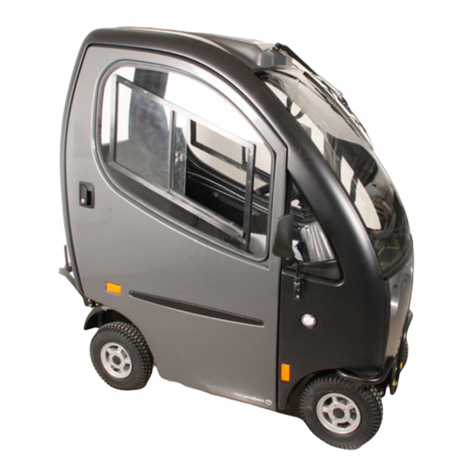
medemagroup
medemagroup Mini Crosser M2 User manual
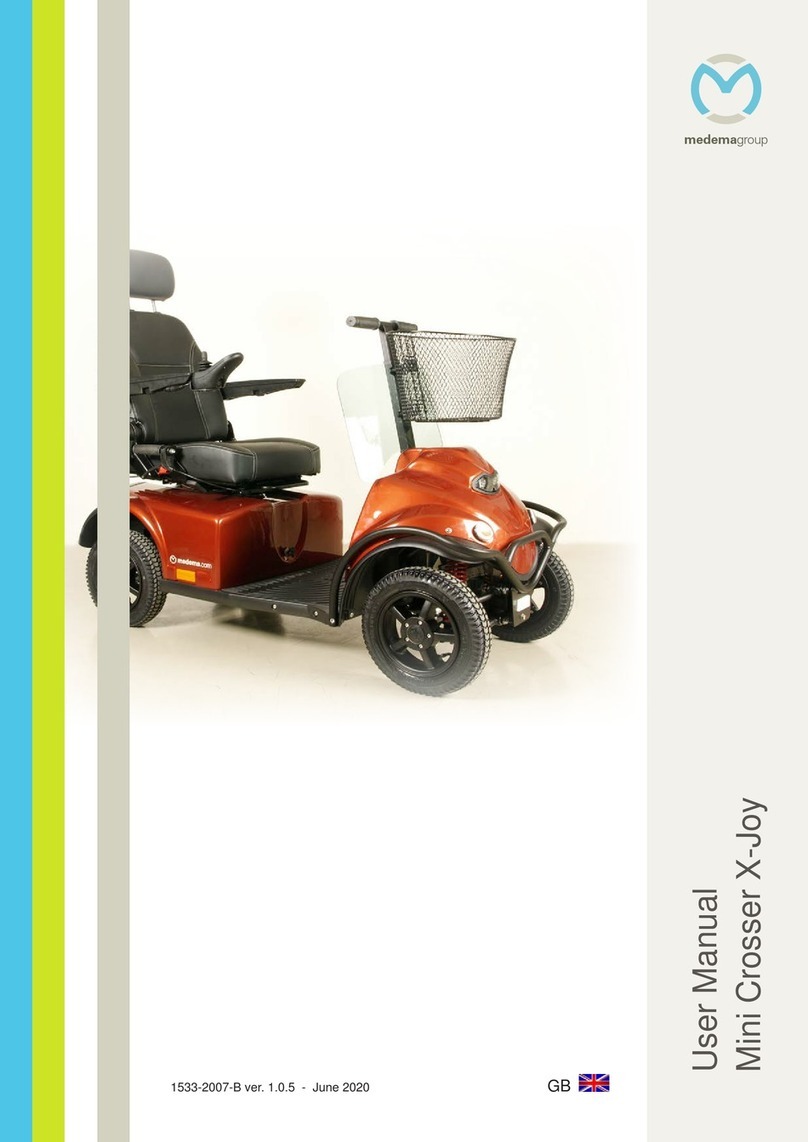
medemagroup
medemagroup Mini Crosser X-Joy User manual
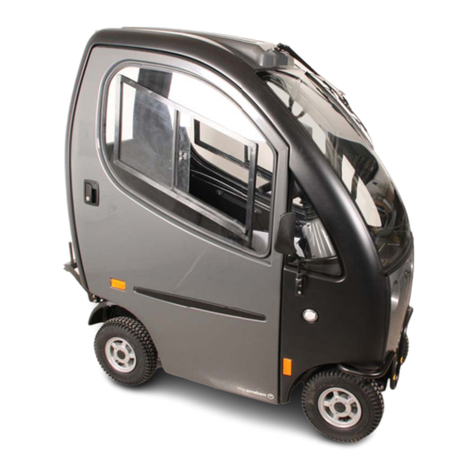
medemagroup
medemagroup Mini Crosser M1 cabin User manual

medemagroup
medemagroup Mini Crosser X1 HD User manual

medemagroup
medemagroup Mini Crosser X-Joy User manual

medemagroup
medemagroup Mini Crosser X1 Cabin User manual
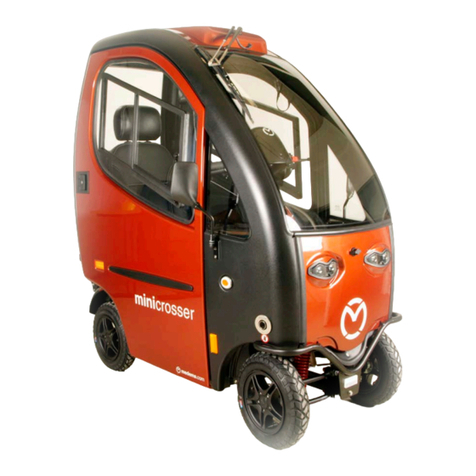
medemagroup
medemagroup Mini Crosser X2 4W Cabin User manual
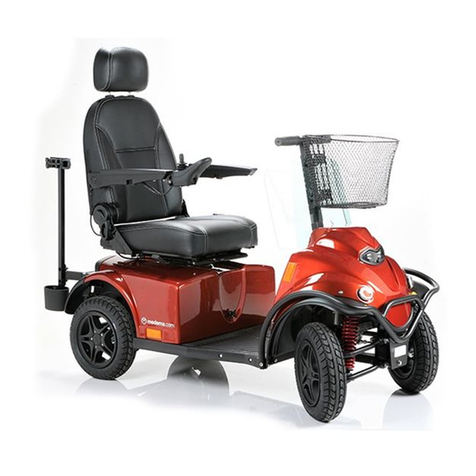
medemagroup
medemagroup Mini Crosser X-Joy User manual
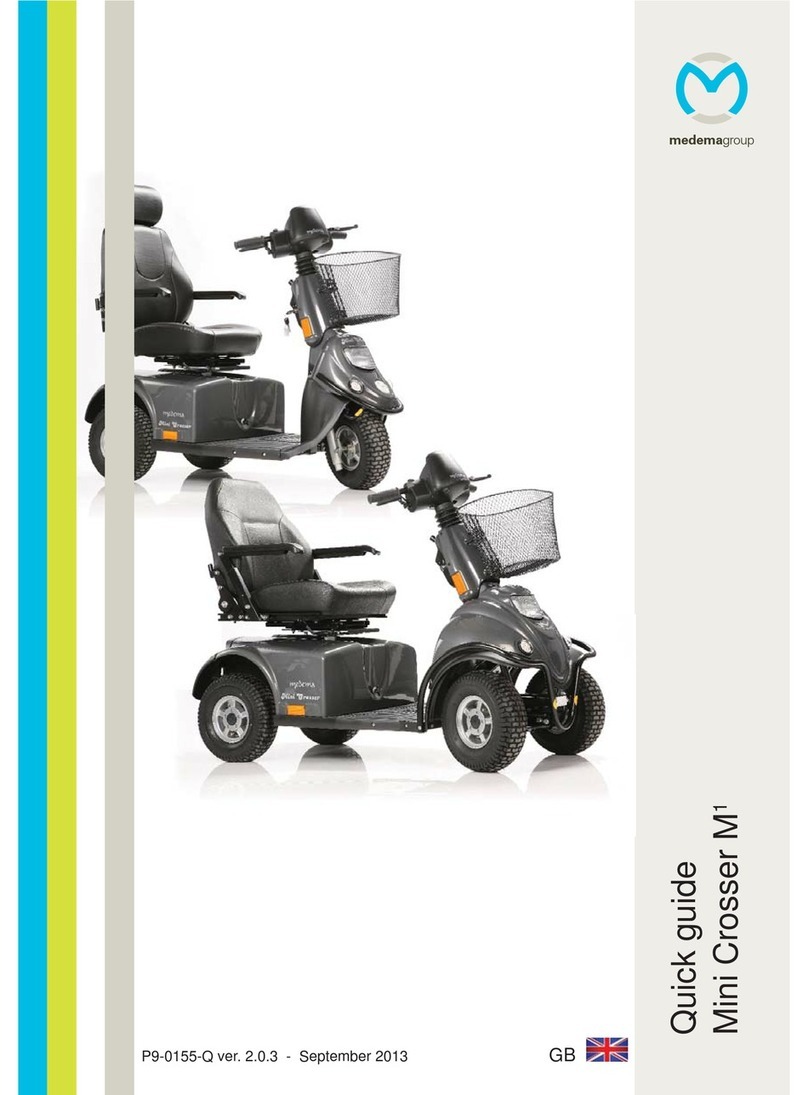
medemagroup
medemagroup Mini Crosser M User manual

medemagroup
medemagroup Mini Crosser X1 User manual

medemagroup
medemagroup Mini Crosser M2 4W Cabin User manual
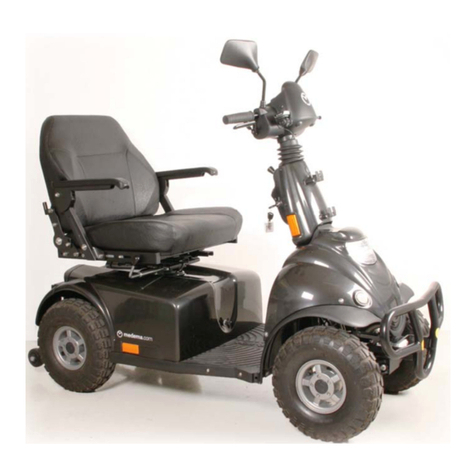
medemagroup
medemagroup Mini Crosser M-MaxX User manual
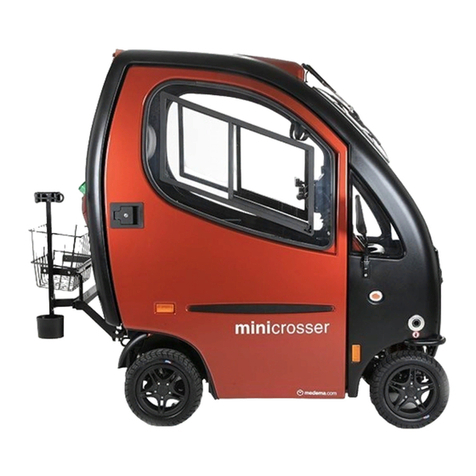
medemagroup
medemagroup Mini Crosser X1 Cabin User manual


